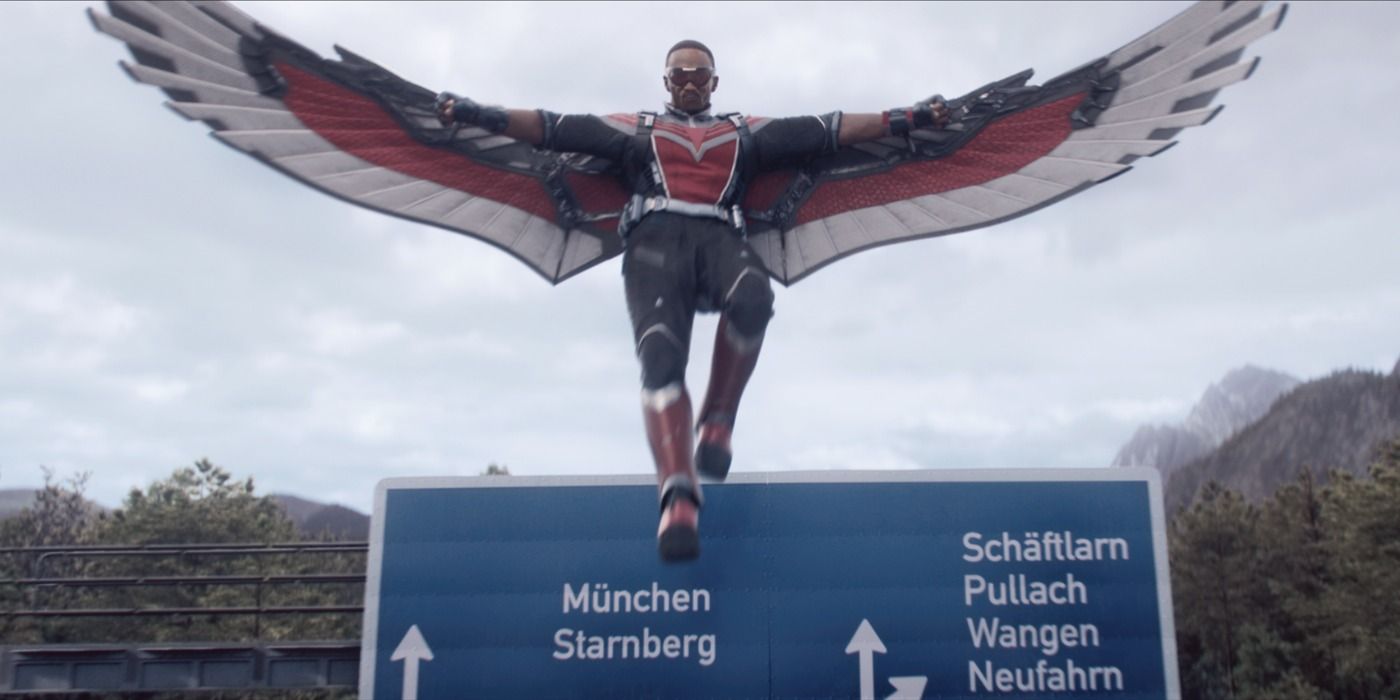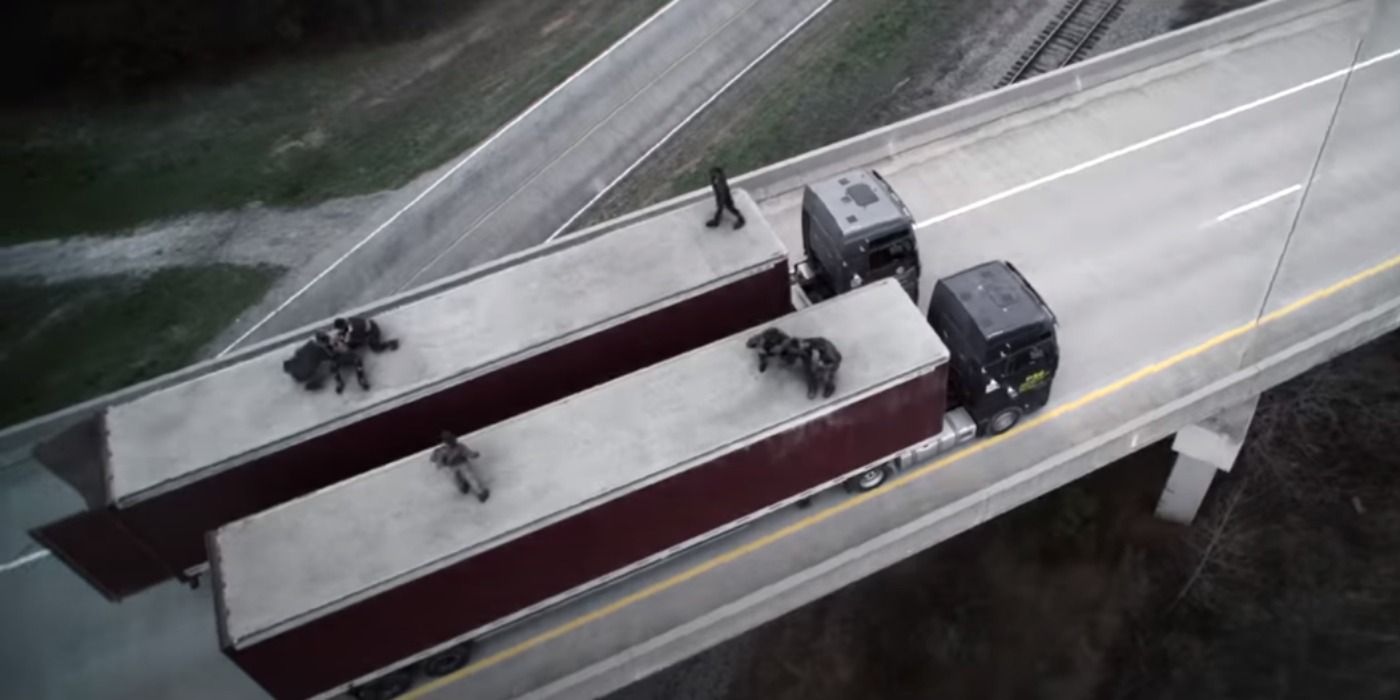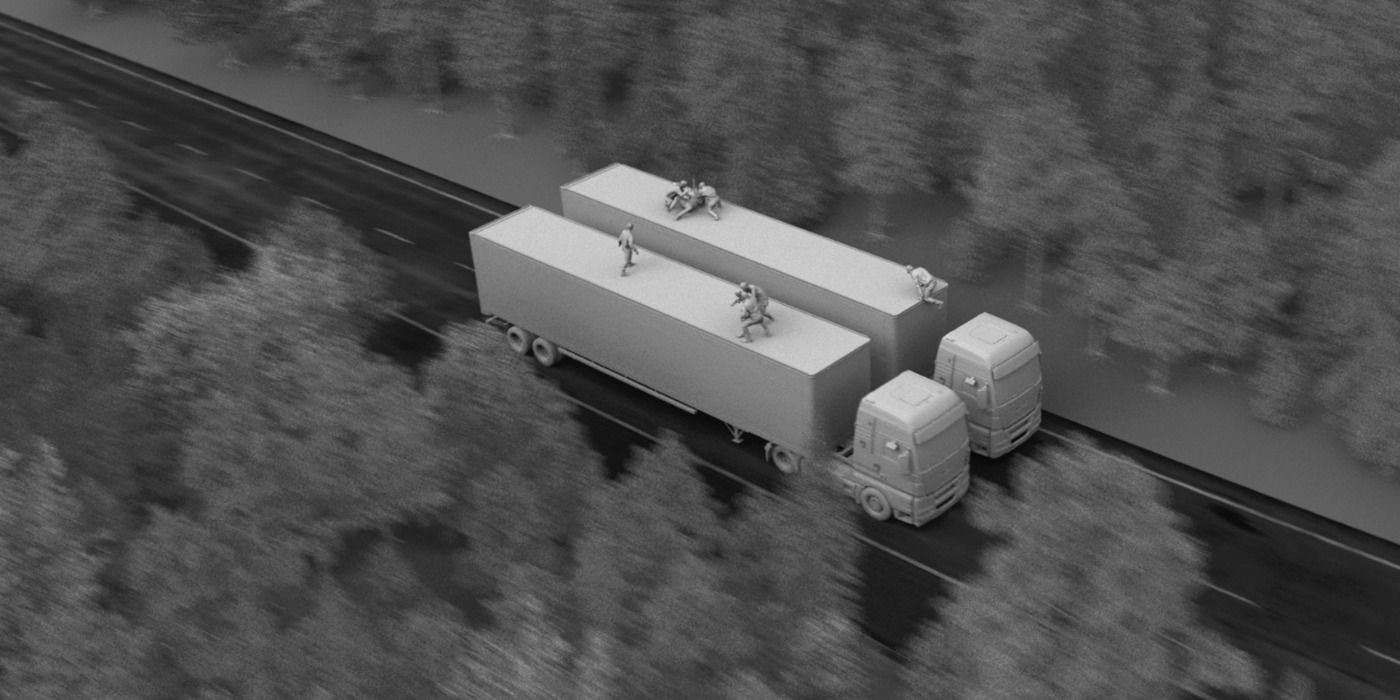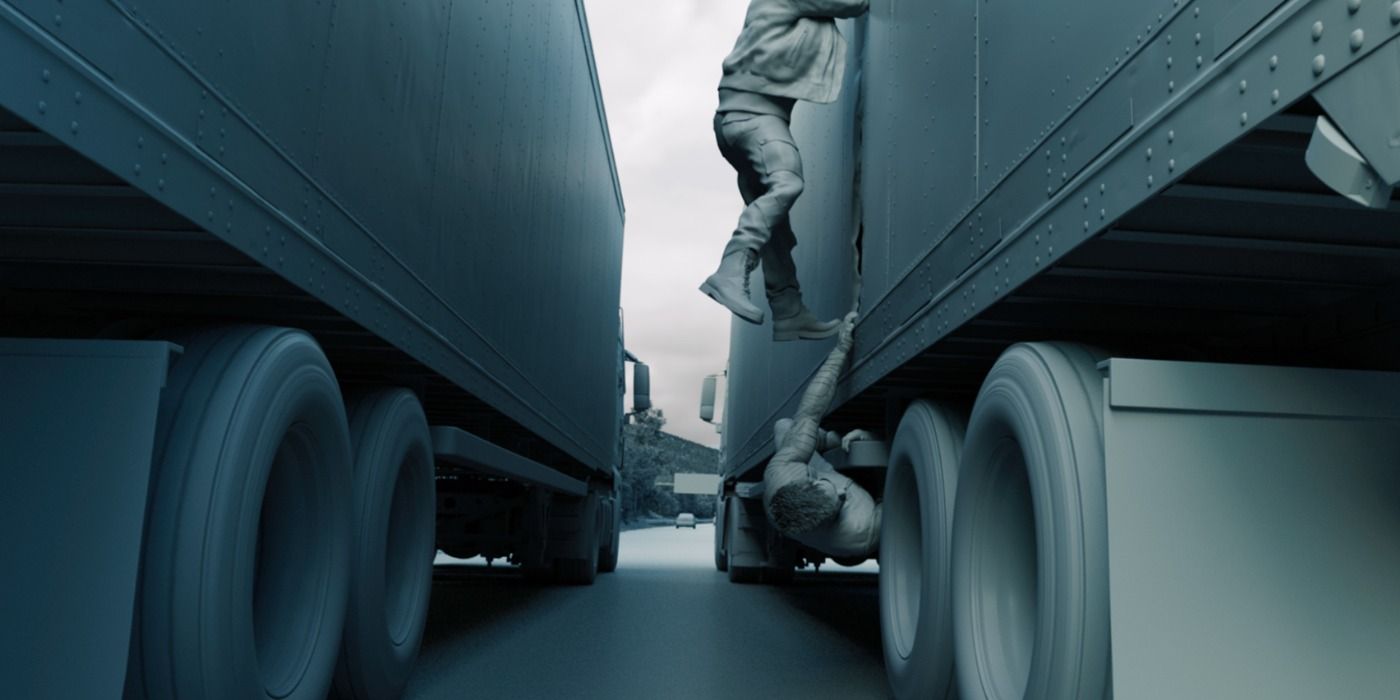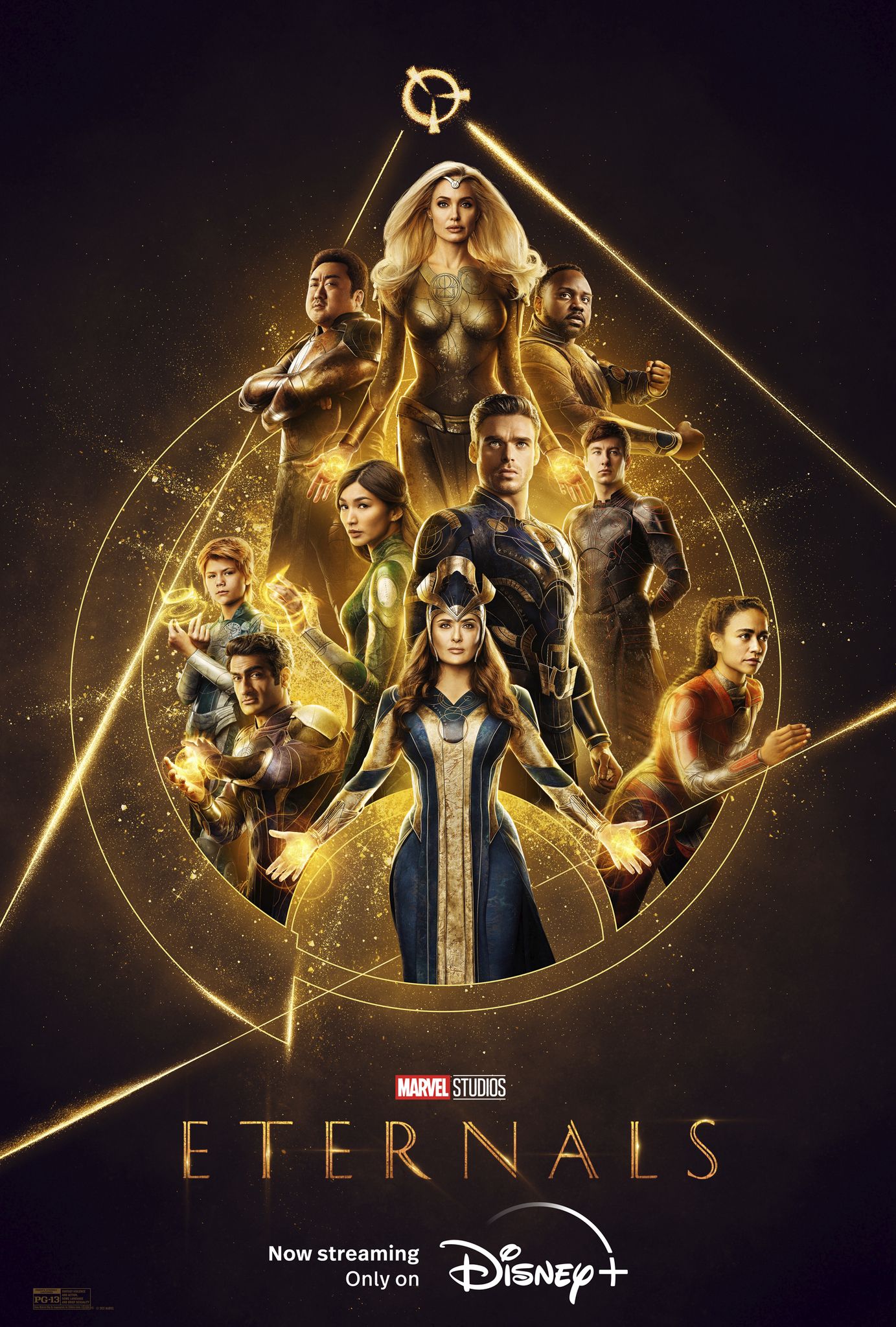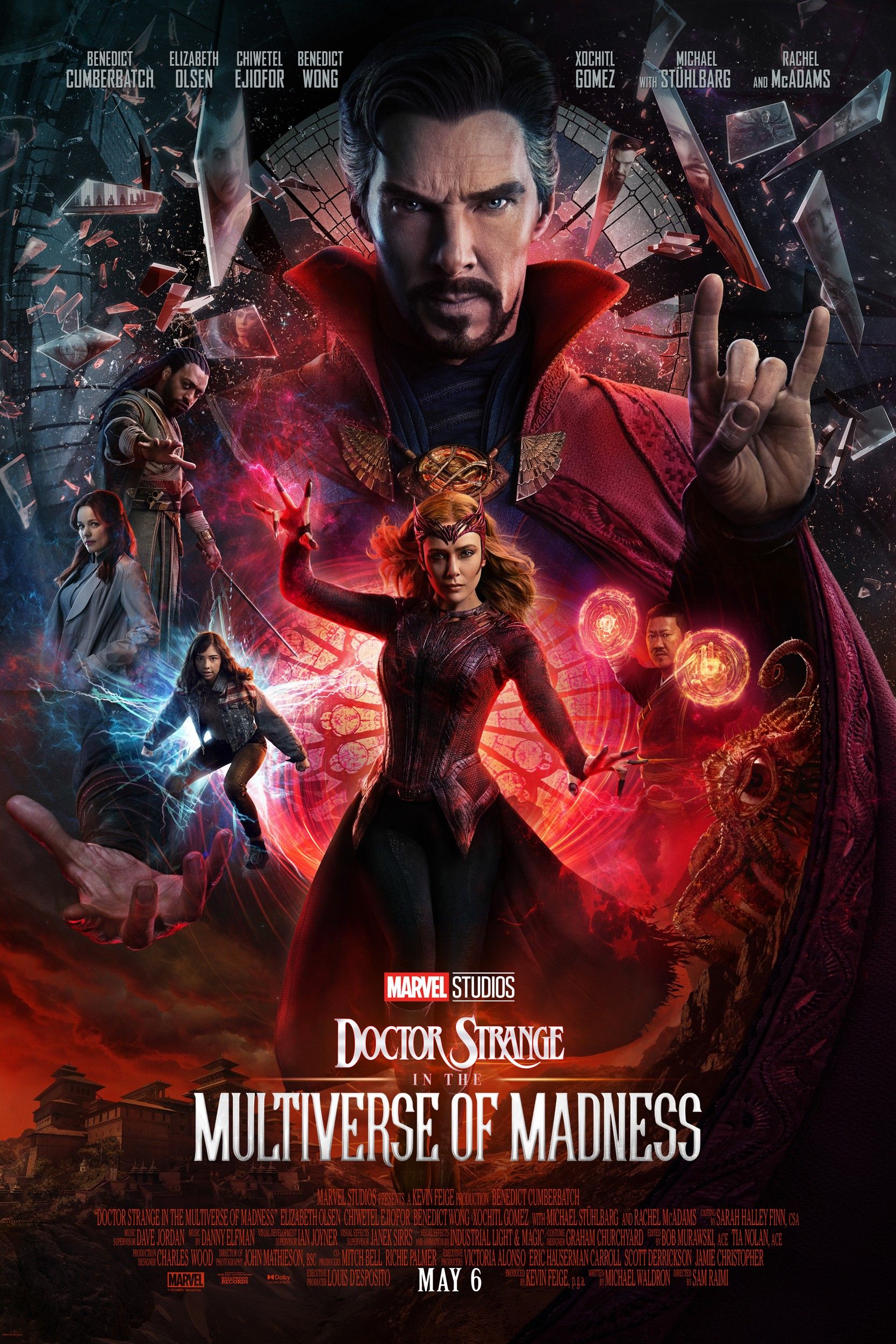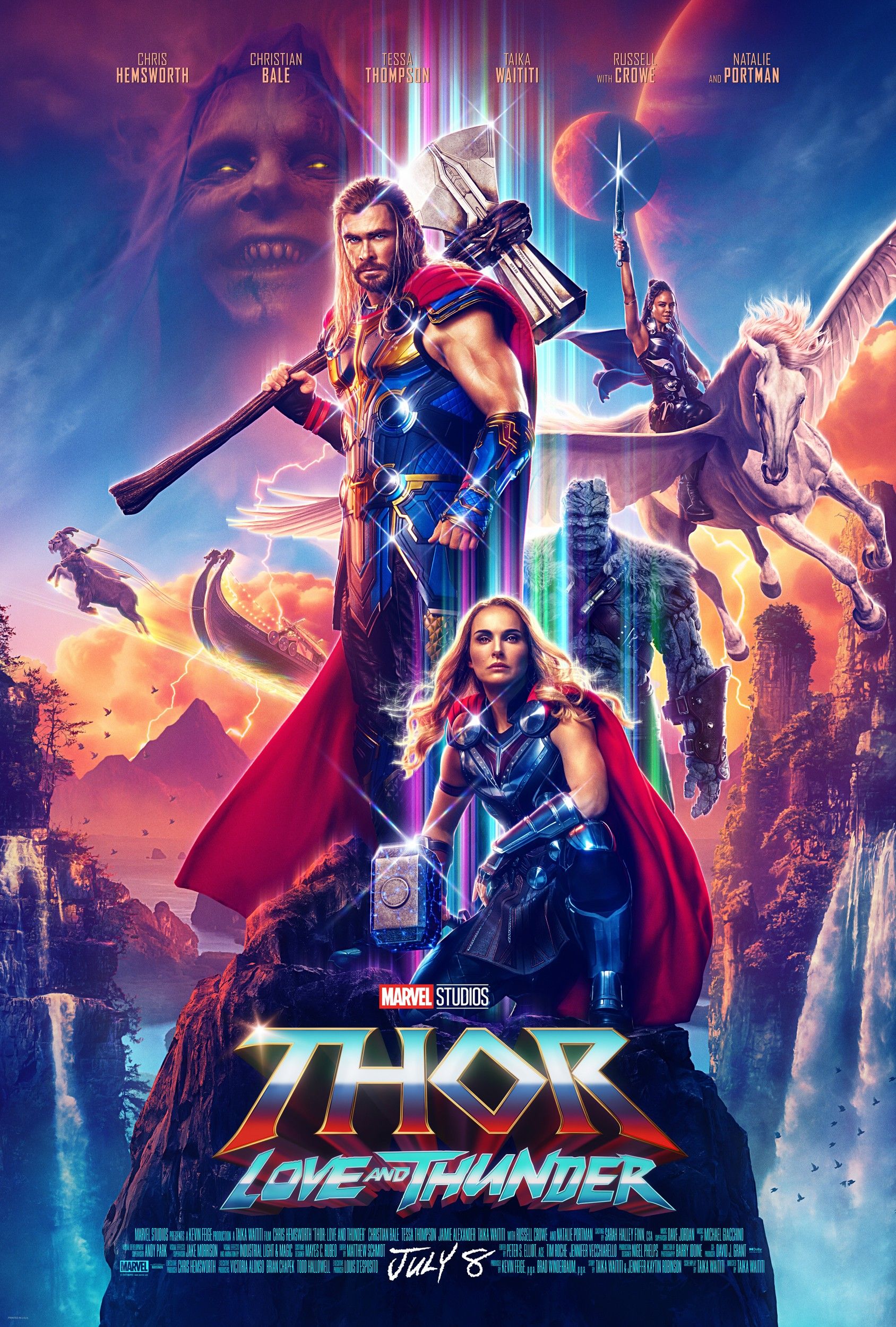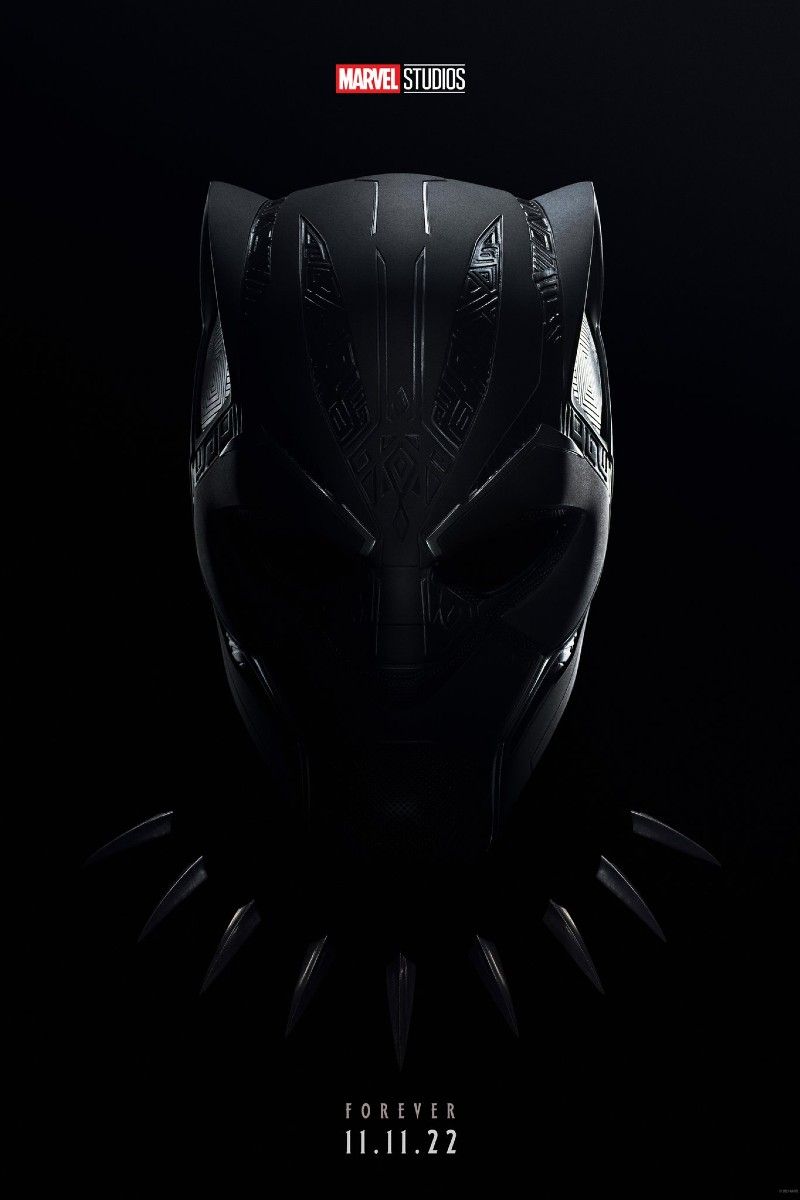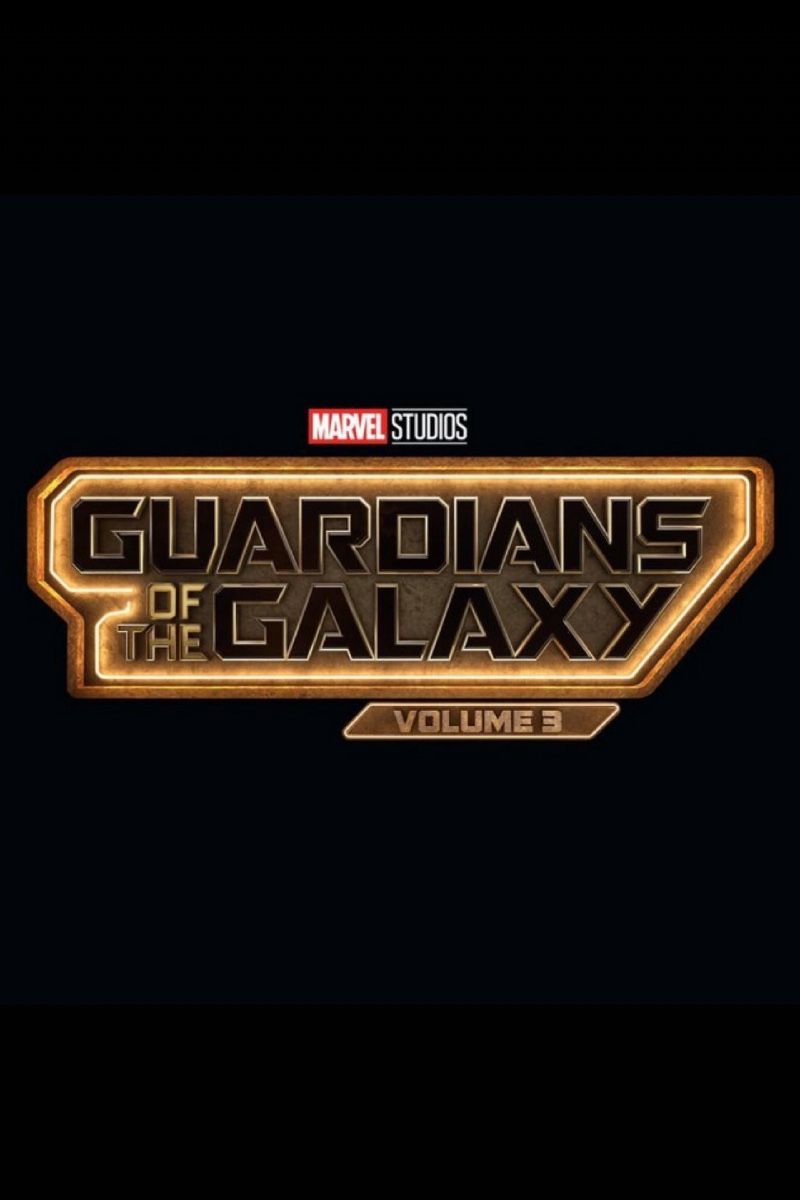The Falcon & the Winter Soldier featured some stunning, grounded action sequences - including a tremendous truck battle. The coronavirus pandemic brought Hollywood to a standstill, disrupting not just the release of content, but also its production. In spite of that, Marvel Studios was able to successfully produce a wealth of original content for the Disney+ streaming service - including The Falcon & the Winter Soldier.
Starring Anthony Mackie and Sebastian Stan, Falcon & Winter Soldier was essentially the story of how Sam Wilson became the new Captain America. The story was driven by a group of super-soldiers who were fighting against the renationalizing taking place across the globe in the wake of the Blip, and some of the action sequences were thrilling. One major highlight was a battle between the heroes and villains atop two moving trucks, a fight that displayed all their different combat skills and left Sam and Bucky shocked at how powerful their new enemies were. This was, of course, a visual effect - and VFX company Rodeo FX has been nominated for a Creative Arts Emmy Award for the scene.
In light of this achievement, Screen Rant spoke exclusively to Sebastien Francoeur, a key member of Rodeo's team on the project.
Screen Rant: First of all, I just wanted to say congratulations on the Emmy nomination, it's a brilliant achievement so congratulations to you and the whole team really there.
Sebastien Francoeur: Thank you, I'll pass on the word to the team for sure.
I thought we'd focus in on the truck battle, given that's the scene the Emmy is for. Could you tell us a little about how your team created that action scene and the work you did on it?
Sebastien Francoeur: It all starts by making sure that you get all the right elements. We started building a road, a physical road, not too many curves because at some points we need to keep the photography, making sure the curves and inclinations work. We build that environment, make sure we have a nice balance. After that, it was making sure all the pieces we show in that sequence will be very detailed and get everything we need done. We start something like that, thinking we're knowing what we're doing, but modification and correction always come across the board. One of the key features is to always get that flexibility, but because we're able to establish a solid workflow and methodology that is spread across the board, making sure everything were in there, it allows us the flexibility needed to build a sequence like that.
Because, for example, a change of edit - we have another shot that needs to fit in, for example, and that shot is static, an angle and the trees aren't moving; we need to see details that we're not seeing when it's going at 100, 120 KM. At that point, we cannot go back and rebuild those trees. It's getting even that small wind in those trees, when we're going that fast we won't see them, but we need to make sure the wind is there because the moment you get the static cameras, it will look like a still frame.
It was all about making sure we're looking at and returning all the needed details. Sometimes at the beginning, it felt [like] a little overkill, but rapidly the team understood - because sometimes we're just working for what we see - but in that case, we needed to anticipate. Yes, we're seeing that now - but maybe there'll be a cut from another angle, you need to be prepared for all those changes and be able to fire it extremely well.
It's fascinating to get an idea of the method you were using as a team, to be working together, and to plan everything. There were so many moving parts to that fight, particularly changes of camera angle when you watch through it. How did you make it all so fluid like that?
Sebastien Francoeur: We needed to work in parallel. It cannot be one working after another, otherwise, we wouldn't have been finished yet. But the first thing that needed to be done is a rough blocking of that road, those mountains. One gang was working on the whole environment - set dressing, the assets needed to be built, one guy was in charge of set dressing it with the trees and the mountains.
In parallel, we establish where we are on the road with another guy, here we're going at that speed, we'll be located here in that section, here in that section, here in that section, and we're somehow merging those elements together. We were able to know that, if a cut changed, we were in that section - or we have room to be in that section over the road. When we build that environment, we made sure everything was at 360 degrees, covering all the angles. As I say, it's anticipation - we're seeing one angle more than another, but there's no way we need to make sure the other ones work. Because the second it changed, we need to be able to do a simple camera change, relaunch, and get those images. So you need to deal with it as a huge package.
If we apply over one shot a modification - at some point, it was a bit hard to feel the density of trees, so we got asked to add some taller trees over a few shots. But the way we did it, we re-rendered everything. We were not waiting for getting those comments again, we were updating the whole environment rather than a single shot's programs, all the other shots were updated to the same level. We were never dealing one shot at a time. It was really that whole group.
How did you create the sense of motion that makes that scene so effective?
Sebastien Francoeur: Of course, when you look at the blue-screen, it's really static camera and everything - it's about subtle details on camera, camera move, but it also comes from the suspension of the truck. It's making sure we have some kind of motion on the truck, we have the wheel... well, the wheels reacting to the road, getting that small camera shake that goes on top. It was deep, but we basically make them. It was static on the blue screen, but when we were looking at it in grey-render, they were actually looking like they were rolling. In some cases we were changing one part of the truck, one part changed to get that roll, or just that reflection to fluctuate the light, by adding all those details - a little haze, a little mist to establish that kind of speed - paying attention to all those small details.
How closely did you work with Marvel's stunt teams on that scene?
Sebastien Francoeur: They did their own stuff, a lot of the stunt features were a huge inspiration for it. But in a few cases, minor cases, we were changing it, but the stunt team was really separate from us.
Obviously, this scene has been recognized with the Emmy nomination, which is tremendous. What do you feel makes this scene so effective, and makes it stand out so much?
Sebastien Francoeur: Good question! I would say the sequence feels a bit more grounded than the usual stuff we're used to seeing from Marvel. You know, Marvel, it's often super-powers, super-punching stuff - we were touching the ground with a little bit more human fight, and everything feels like we understand the world in which we're living, the danger. I think that's why it stands out; it's not something we're used to seeing in that Marvel universe. We're used to seeing huge fights, we're used to huge things happening, Spider-Man, Doctor Strange where he flips the world and everything... But now we keep it on a human scale, a little bit more with those super-soldier features, but it's a little more human, grounded, environment. It was a bit aesthetic, a bit more normal.
So the threats felt much more real, in a way, than magic and laser-blasts and so on. It feels more real.
Sebastien Francoeur: Yes, it was that grounded - the reality not being too far from us. Don't get me wrong, the normal Marvel is amazing, but that feature is nice.
How are you and your team going to celebrate the nomination?
Sebastien Francoeur: We're doing celebration night tomorrow, because of COVID we're limited to the number of people, we're going to take a glass and do something on the night itself. I think we're going to have a little event at that moment, but more officially it's a small group gathering from all three nominations. I'm proud of Falcon & Winter Soldier, but we have other nominees. It's even better because it wasn't easy doing everything at home, and it's cool to gather together and share a drink.
I think that's one of the things that makes all the work Rodeo's been doing so impressive - you were operating under pandemic conditions.
Sebastien Francoeur: Yeah, the effort from the team was incomparable. People were dedicated to do it - of course, everybody was at home, it wasn't necessarily easy, but the hours spent to make sure we get there... Artists are amazing, I had an amazing team for sure.
Are you allowed to tell us a little about what you're working on now?
Sebastien Francoeur: Well, I just finished The Witcher season 2. I'm working on another one right now that's gonna get released by the beginning of next year I think, that's gonna be cool - a known franchise, but we just wrapped up a few episodes on The Witcher. Nice creature work!

